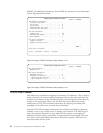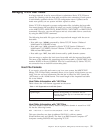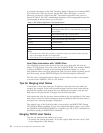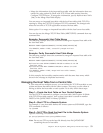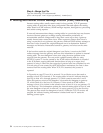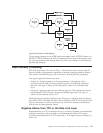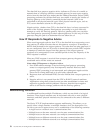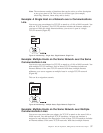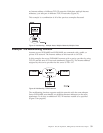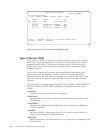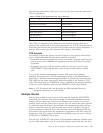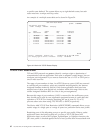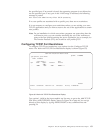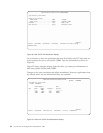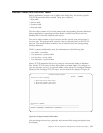
addresses, your server appears as multiple TCP/IP hosts in the same TCP/IP
network (Figure 49).
This scenario can be helpful for backup or to improve performance. However,
there is no dynamic backup or performance balance function.
Example: Multiple Hosts on Different Networks over the Same
Communications Line
Your server uses one adapter for TCP/IP to attach to a LAN or WAN network. You
add multiple TCP/IP interfaces. Each of these TCP/IP interfaces includes an
Internet address of different TCP/IP networks. With these multiple Internet
addresses, you participate in different TCP/IP networks (Figure 50).
Imagine a public X.25 network. With this physical network, you can run multiple
TCP/IP networks, for example the company intranet, and connections with
business partners and service providers. For each of these different TCP/IP
networks, your server must configure a unique Internet address.
Running multiple TCP/IP networks within a single local area network (LAN) is
also supported. In most situations, however, one designs a single TCP/IP network
per physical LAN only.
Example: Multiple Hosts on Different Networks over Multiple
Communications Lines
Your server uses more than one adapter for TCP/IP to attach to multiple LAN or
WAN networks. You add multiple TCP/IP interfaces. At least one interface is
assigned to each adapter/line description. Each of these TCP/IP interfaces includes
Figure 49. Multihoming - Multiple Hosts, Single Network, Multiple Lines
Figure 50. Multihoming - Multiple Hosts, Multiple Networks, Single Line
58 OS/400 TCP/IP Configuration and Reference V5R1
|
|
|
|



